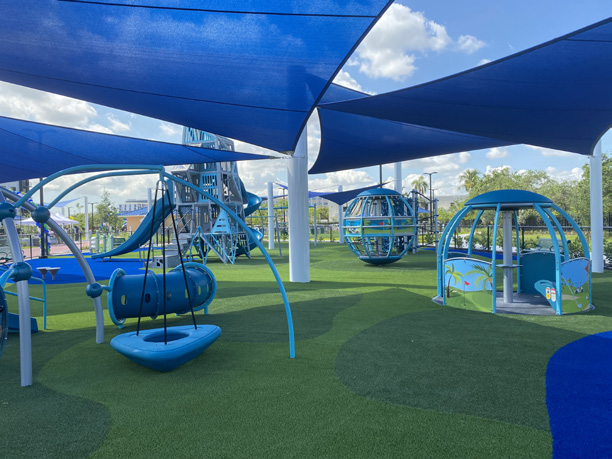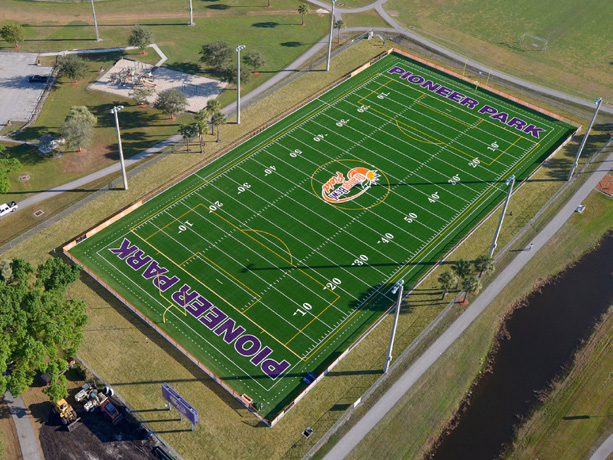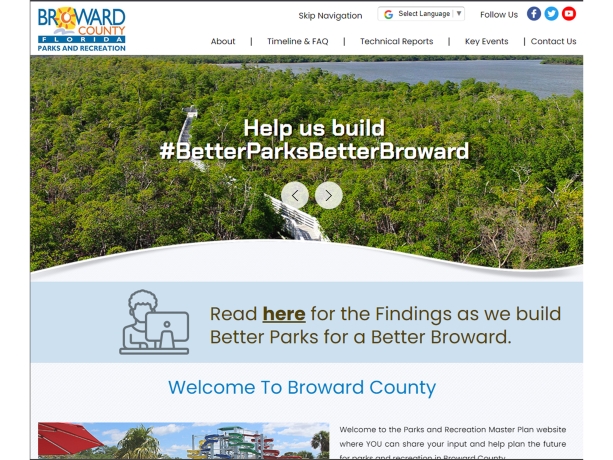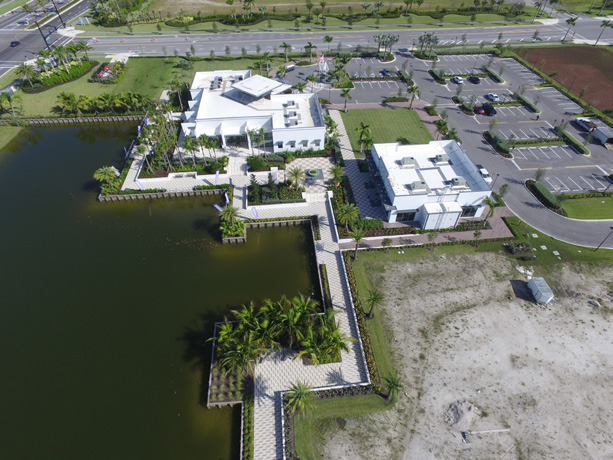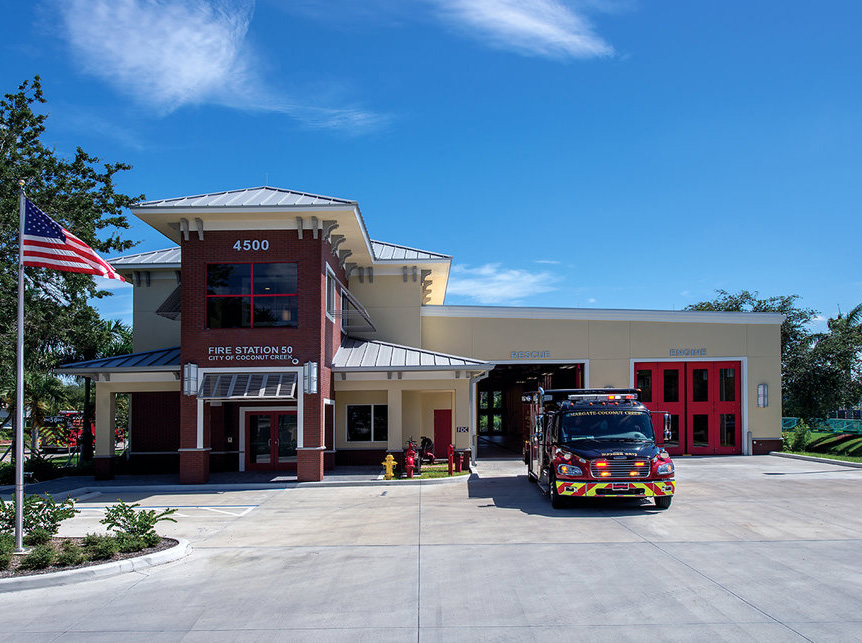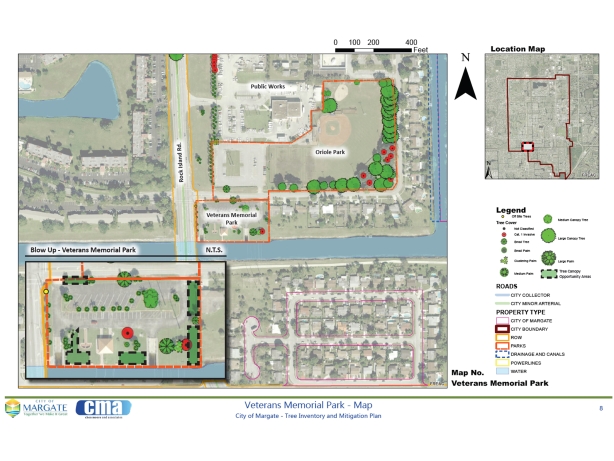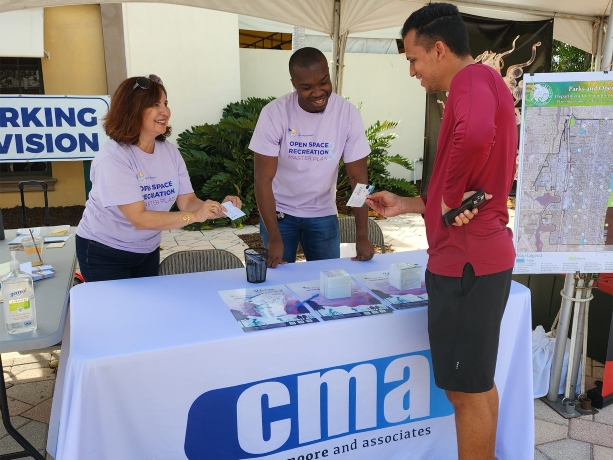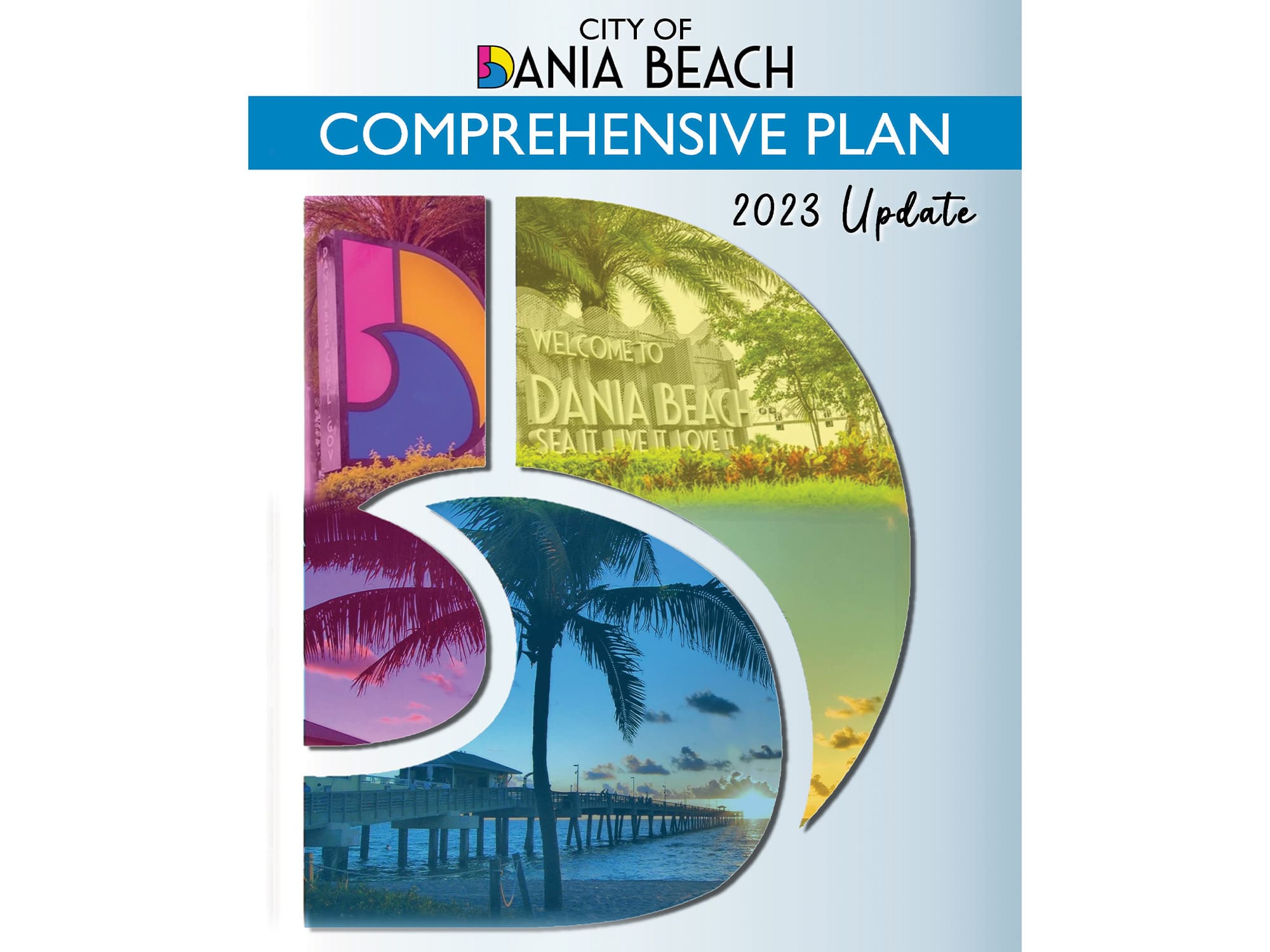CMA helps build local communities with innovative ideas that foster sustainable, resilient, and equitable growth. Sustainability is at the heart of CMA solutions which are designed to strengthen the mission of municipalities, counties, and regional organizations/agencies to improve quality of life for their residents and support for their business partners.
CMA is committed to understanding the needs, priorities, and desires of the communities it serves. We assist in planning and implementing strategies to meet the needs of communities based on state-of-the art technology and dedication to promoting the unique values and future aspirations of each client and its stakeholders.
Local governments expect leadership, knowledge, and responsibility; CMA delivers with impeccable work ethics and expertise. What we do matters because it impacts people, neighborhoods, cities, and regions. It’s exciting to envision all the ways our combined services can be utilized to assist communities thrive!
CMA will assist you to successfully provide for the advancement of your community by offering you these services: innovative Capital Improvement Projects (CIP); outstanding Government Facilities; inclusive Parks & Recreation initiatives; effective City Engineering; comprehensive City Planning; and, responsible Urban Forestry. Please take a moment to review the below information that has the potential to be transformational for your community:
Municipal & County CIP Work
Our fundamental business practice is to create and maintain long-term relationships with our public, private and institutional clientele. Our team has worked with Federal, State, and local government to serve the needs of the public. Capital Improvement Plans (CIP) are important tools for local governments, allowing them to plan strategically for community growth and transformation. CIPSs vary from entity to entity, so some may require years of planning and construction while others may be completed in a shorter timeframe. CMA has more than 90 current municipal and county continuing service contracts in Florida, and CMA is the prime consultant for 50 of them. Some of the services included under these contracts range from planning, design, construction administration, landscape architecture, electrical engineering, underground and above ground facilities such as stormwater facilities, drainage systems, sanitary sewer collection and transmission systems, water distribution systems, roadways, streetscaping, traffic controls, parking facilities, lighting, and marine facilities. CMA’s goal for continuing service contracts is to provide responsive service and meet our clients’ needs as it relates to their schedule and budget constraints.
Government Facilities
We have extensive experience providing engineering and landscape architecture services for land and site development for government facilities, such as fire stations, municipal service buildings, community centers, maintenance buildings, transit facilities, and more. We collaborate with architects and government agencies to meet our clients’ needs as it relates to their schedule and budget. Our approach for government facilities focuses on understanding the day-to-day operations of a facility, designing to allow for ease of maintenance, prioritizing the safety, security, and resilience of the development, and executing a product that yields the most prudent use of the taxpayer’s investment.
Parks & Recreation
CMA believes in the power of parks to transform communities physically, economically, and socially. CMA advocates for the integration of the National Recreation and Parks Association’s (NRPA) three pillars of Health & Wellness, Conservation, and Social Equity in our work. We work with Parks and Recreation agencies throughout Florida to plan, design, and permit regional, urban, neighborhood, and coastal parks; greenways and trails; athletic fields; aquatic facilities; golf courses; and other special use facilities.
The CMA team has designed a wide array of recreational facilities. These include regional parks, city parks, neighborhood parks, coastal parks, waterfront parks, golf courses and a wide range of athletic fields. Recreational project sizes have varied from 1 acre to 800 acres. The types of facilities range from natural resource-based parks that include trails, restored wildlife habitats, wetland creation, observatory towers, and wayfinding packages to urban parks with high level design including water features, tension membrane structures, and outdoor play areas. Our design staff stays current with the latest trends in recreational facility design and has assisted cities with developing their long-range parks and recreation master plans.
Parks System Master Planning:
CMA develops System Wide Parks and Recreation Master Plan throughout Florida. The planning tasks involved in developing Parks and Recreation Master Plans include performing an inventory and Level of Service Assessment for all Parks and Recreation Facilities, holding public workshops and focus groups to gain public input, preforming Facilities Standard Assessments, developing the Capital Improvements Plan, and Service and Operations Management Assessment. CMA uses cutting edge technology to gather public input as well as ESRI Collector to perform inventories and map County or City parks and recreation assets. These projects require close coordination with staff in multiple departments including Parks and Recreation, Planning, Engineering, Growth Management, and Information Technology.
Special Use Parks/Facilities:
Special Use Parks and/or Facilities are often designed as a broad range of specialized park and recreation facilities, but only for a single purpose. Their size and service area may vary depending on its use to satisfy a demand for a particular sport or recreation. Ballfields dedicated to one sport, off-leash dog parks, skate parks, boat ramps, golf courses, historical sites, water parks, community centers, gardens, theme parks, and other special use facilities fall into this category. These parks and/or facilities may include neighborhood or community park elements, but the amenities have a regional appeal to visitors. CMA has designed and developed countless special use facilities throughout Florida. Our staff can plan and design a special use park, as well as any supporting facilities (off-street parking, restrooms, etc.) that benefits both the community and visitors alike.
Urban Parks:
Urban parks, also known as metropolitan or municipal parks, are intended to be places of solace, recreation, green space to residents and visitors, and essential to quality of life in urban areas. Urban parks are defined as open delineated spaces, mostly larger in size but can also have the shape of smaller pocket parks, are dominated by vegetation and water, and generally reserved for public use in an urban area. They often include playgrounds, picnic tables and walking paths. They’re a great place to escape the stress and noise of the city. Park advocates claim that having parks near urban residents provide multiple benefits within its community, including human health (both mental and physical) and wellbeing, either through direct or indirect effects such as recreation and leisure activities, harboring and promoting biodiversity and functioning ecosystems, to promoting leisure visits outside of living and working environments.
Trails, parks, and playgrounds are among the five most important community amenities considered when selecting a home. Urban parks provide many different solutions to national and local community issues like providing healthy places to exercise, managing stormwater runoff, providing clean air, enhancing economic and community development, and providing safe, close to home recreation options. CMA has successfully designed urban parks located in the center of busy streets and sometimes surrounded by towering buildings. They’re sometimes the only open and green area for blocks or miles.
Active Parks:
Physical activity makes people healthier. An Active Park is a park containing one or more sporting fields or that actively encourages physical activity with others. They often require equipment and taking places at prescribed places, sites or fields, including leisure activities with more of a program-use like baseball, football, soccer, softball, tennis and more. They also include program-facilities for maintenance, to park, restrooms, and to facilitate programed events. This may include but is not limited to swimming, tennis and other court games, baseball and other field sports, and playground activities.
Passive Parks:
A Passive Park is usually less developed than an active park, but might contain features such as gardens, walking tracks, seating, barbecues, picnic areas, etc. As the name suggests they do not contain sports infrastructure or encourage strenuous physically activity, although they may contain playground equipment and shade structures. Neighborhood Parks & Civic Parks are typically passive parks. CMA has designed passive parks throughout Florida with special emphasis on executing the vision of master plans to create special passive parks in urban and suburban settings. We focus on counties in Southeast Florida serving the parks and neighborhoods through the various cities in Miami-Dade County creating special places for residents and visitors to enjoy the native landscapes and beautiful canopies within their various neighborhoods.
Greenways & Trails:
Greenways and Trails connect people and wildlife to nature, places and to each other. CMA has designed various greenways and trails throughout the state of Florida. CMA’s goal with these projects is to develop a design or concept utilizing available parks and open space master plans, transportation planning, feedback and input from the community representatives, and stakeholders. The blueprint for a cohesive and effective trail may consist of a bikeway, pedestrian walkways, street and/or canopy trees, landscaping, street furniture, lighting, wayfinding, artistic features, and other corridor enhancements. As urban open space availability decreases, greenway and trail options are the best and easy solution – along utility easements, waterfronts, roadways and other corridors. We also get input from available transportation plans from Metropolitan Transportation Organizations (MPOs) to meet their policy goals on local transportation redevelopment and keeping people moving to improve their quality of life. CMA uses these paths to connect people to parks and to one another.
City Engineering
Collaborating as City Engineers represents an effective strategy used by municipalities to enhance the planning and management of their infrastructure, ensuring it adequately meets the health and safety requirements of residents. Not all municipalities possess the budgetary resources to justify employing a full-time engineer. Reciprocally, certain municipalities with full-time engineering and planning staff may lack sufficient in-house resources to handle their maximum workload in the event of any issues. Consulting engineers offer municipalities resources, solutions, and expertise on a flexible, ‘as needed’ basis, ultimately leading to cost savings for both the municipality and taxpayers. CMA has been serving as City Engineers for various municipalities throughout Florida, responsible for handling the day-to-day engineering needs on behalf of our clients. CMA acts as an extension of their staff, even sitting on Development Review Committees (DRC) responsible for reviewing all development site plans for compliance with engineering related requirements. In addition to managing the day-to-day engineering needs, CMA staff has provided various engineering services, which include conceptual planning, utility model analysis, engineering design, regulatory permitting, cost estimating, permit compliance, site plan review, code updates, site inspections and construction administration. Our experienced professionals comprehend the municipality’s distinct operational procedures, policies, and standards, effectively serving as an extension of the municipal staff.
City Planning
CMA Plans and Designs Memorable Places. Land use planning is about building communities and prompting their sustainable development. Land use planners examine how land — ranging from green space and residential neighborhoods to commercial and industrial sites — can best be used to meet the goals and standards of a particular community.
Land use planning takes place within the framework of local zoning laws and state and federal regulations. Careful planning aims to preserve the environment, promote social interaction, enhance communities, and support transportation, industry, and economic development.
CMA provides long-range and current planning services to local governments, communities, and private sector clients throughout Florida. CMA focuses on sustainable principles and provides superior analytical capabilities, state-of-the art technology, and expert graphic skills. Our planning services include:
Long Range Planning: Sustainable Comprehensive Plans & Text Amendments; Neighborhood Plans; Land Development Regulations & Zoning Codes; Evaluation and Appraisal Reviews; Annexation Plans; Community Redevelopment Plans; Housing Studies.
Current Planning: Development Applications Review & Approval; Site Plan Design & Review; Technical Reporting; Presentations to Boards and Councils; On-site staffing.
Community & Neighborhood Involvement: 24/7 Open Community Forums; Vision & Master Plans; Design Charrettes; Neighborhood Participation & Plans Graphics and Geographic Information System (GIS): GIS Maps and Data Tables; 3D Computer Rendering; Conceptual Design/CAD.
Urban Forestry
At CMA, we recognize the value of urban forest resources through the ecological, human health, and monetary benefits they provide to our communities. We also recognize that municipalities are becoming increasingly aware of these benefits and are now managing urban forest resources as critical infrastructure in the same manner as other infrastructure systems. CMA’s ISA Certified Arborists provide a host of services to assist our public and private clients with the management of their urban forest resources. These services include but are not limited to the following:
urban forest management plans; tree canopy cover analysis; urban forest ecological/monetary benefits; GPS tree inventories; tree/infrastructure conflict assessments; tree value estimates and tree grading; Tree Risk Assessment (ISA – TRAQ); tree removal permitting; tree pruning specifications; mangrove trimming oversight.
